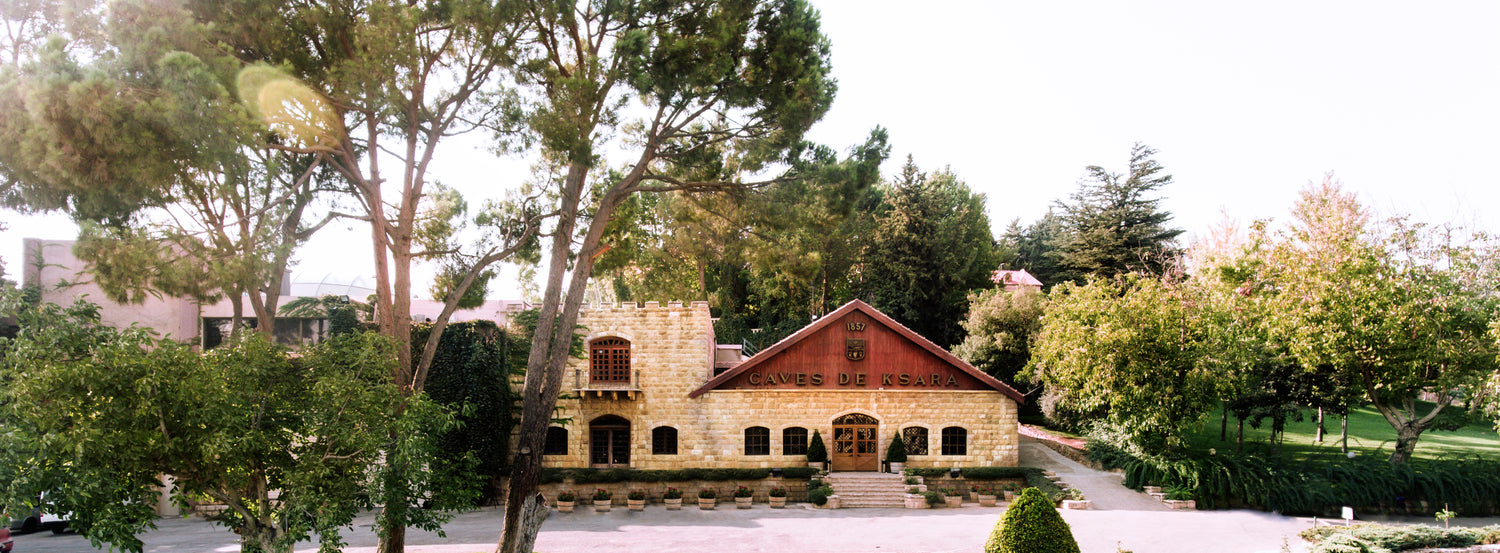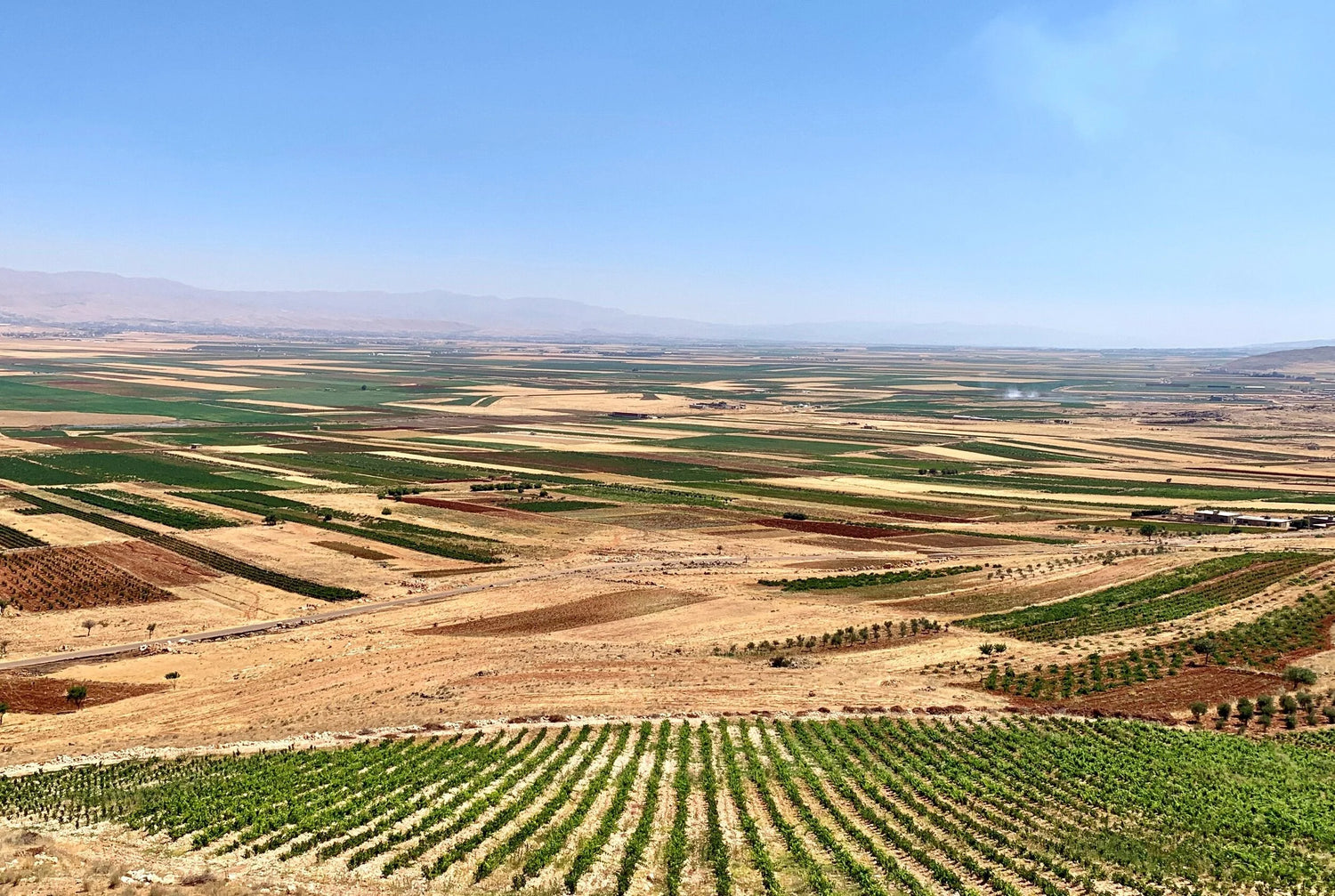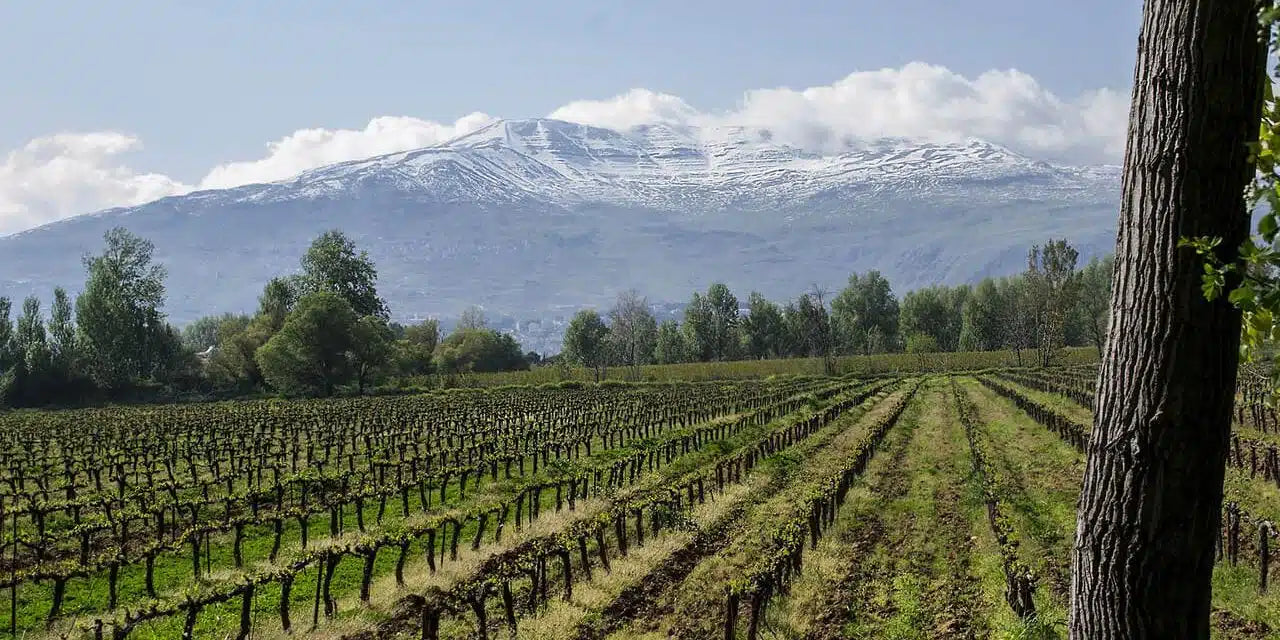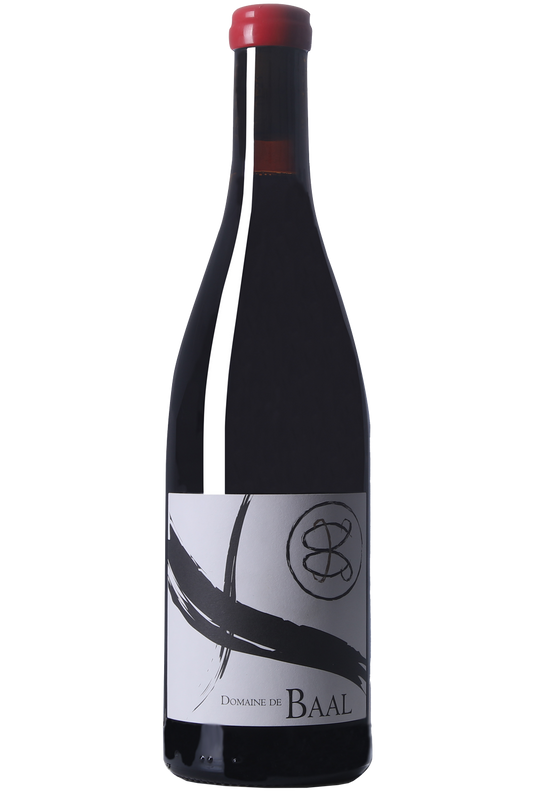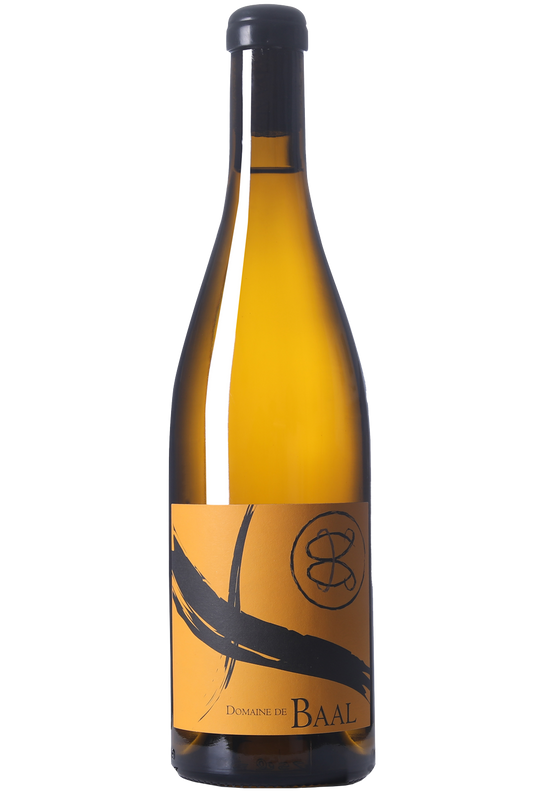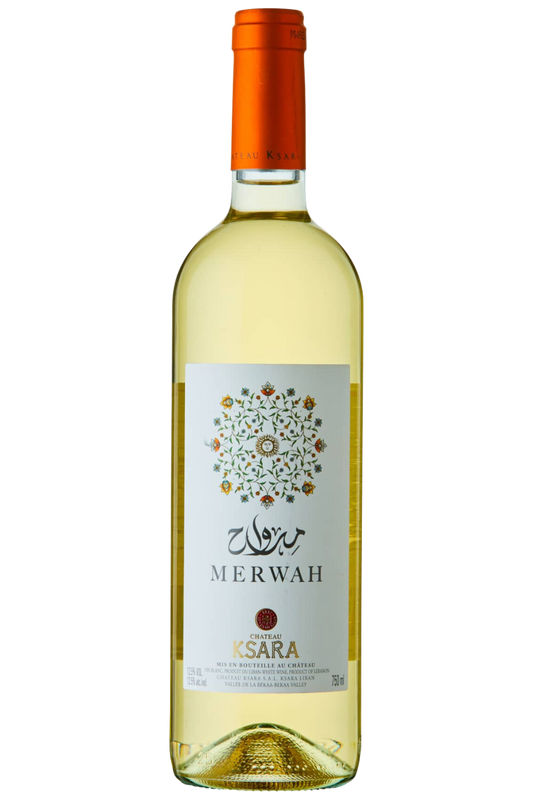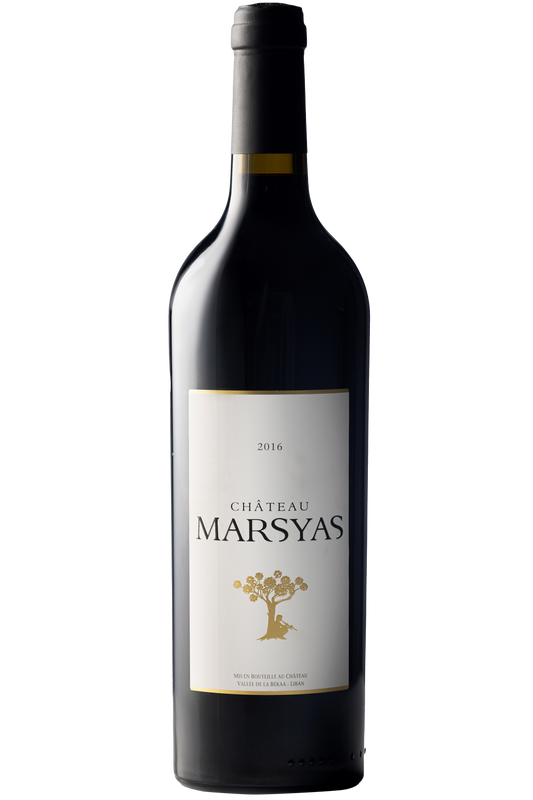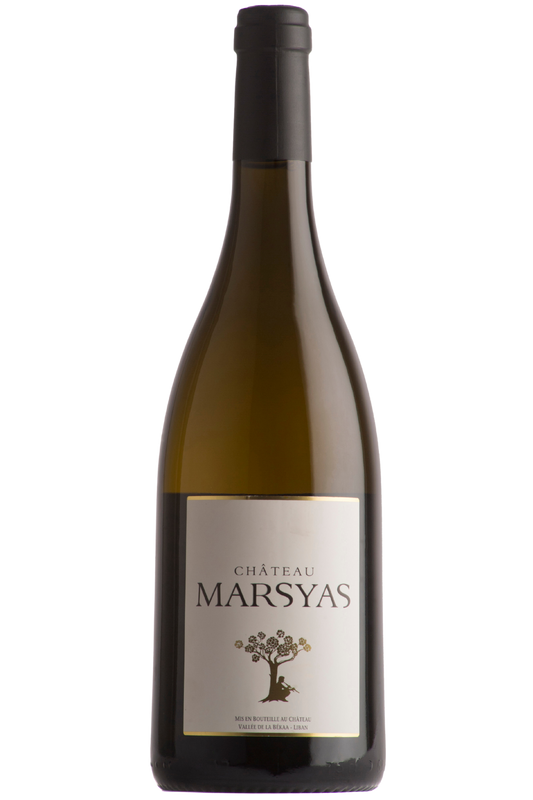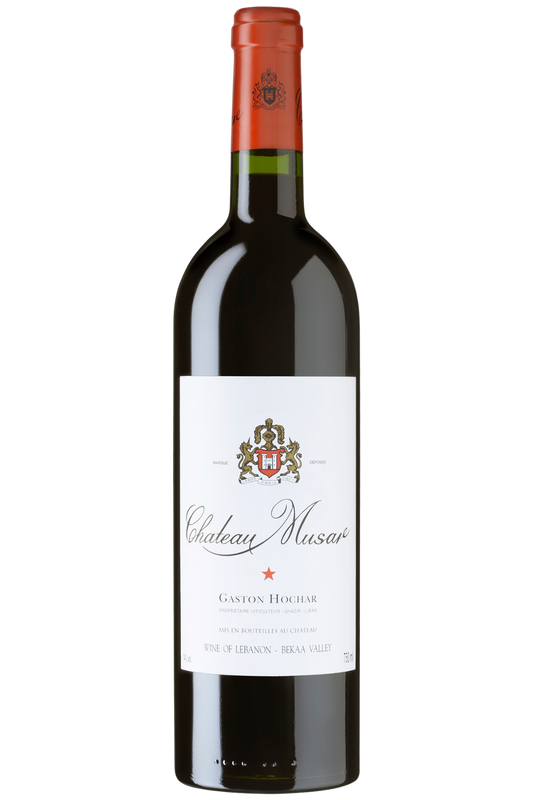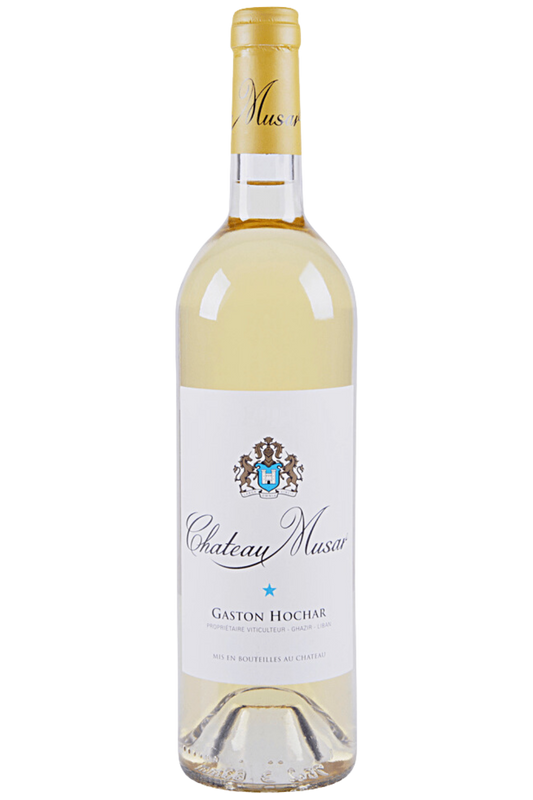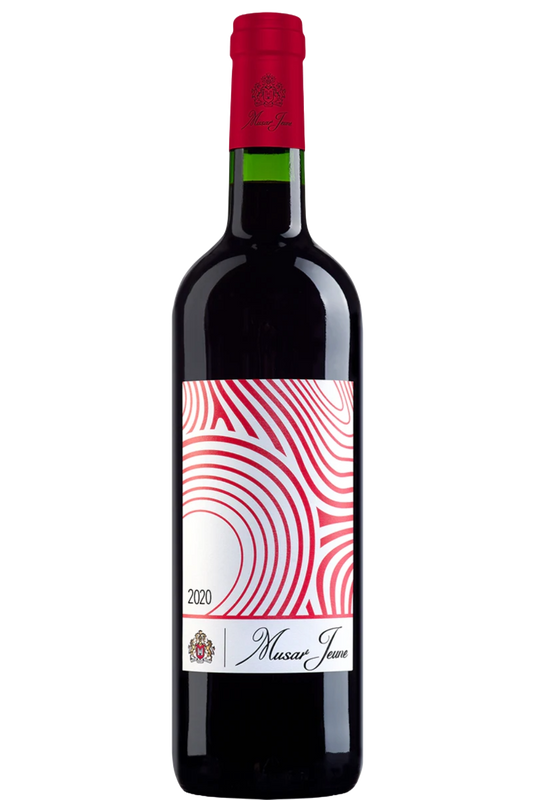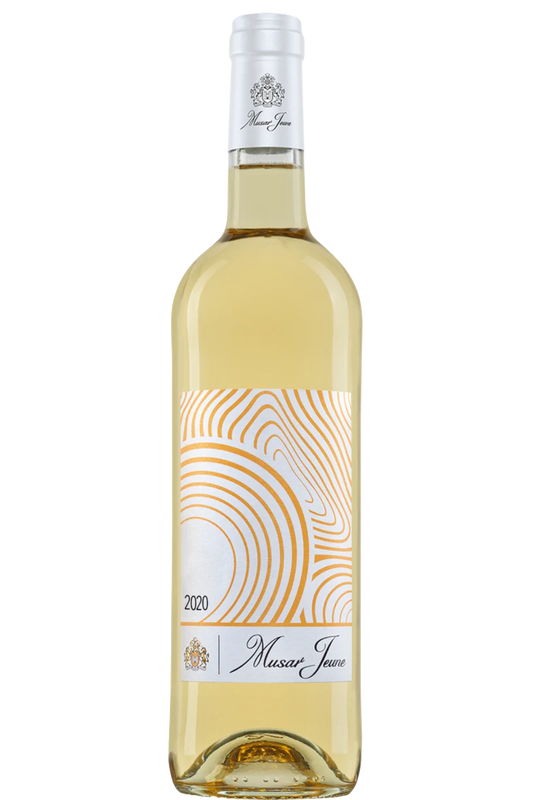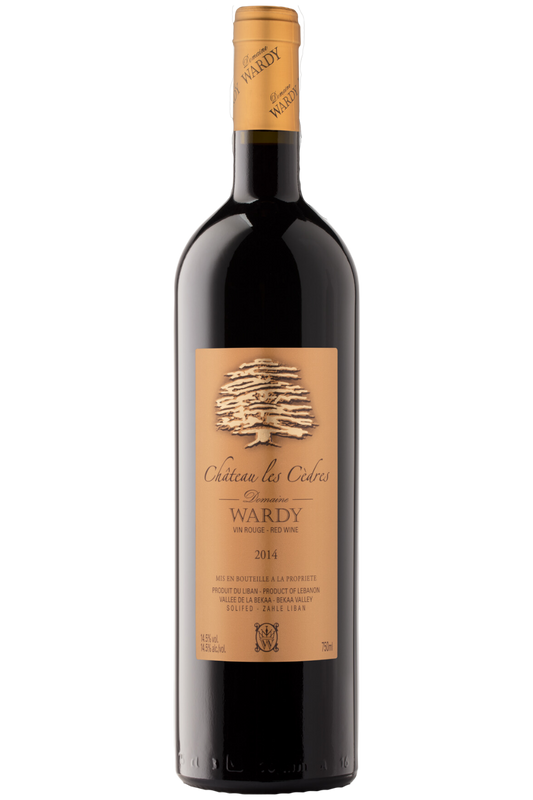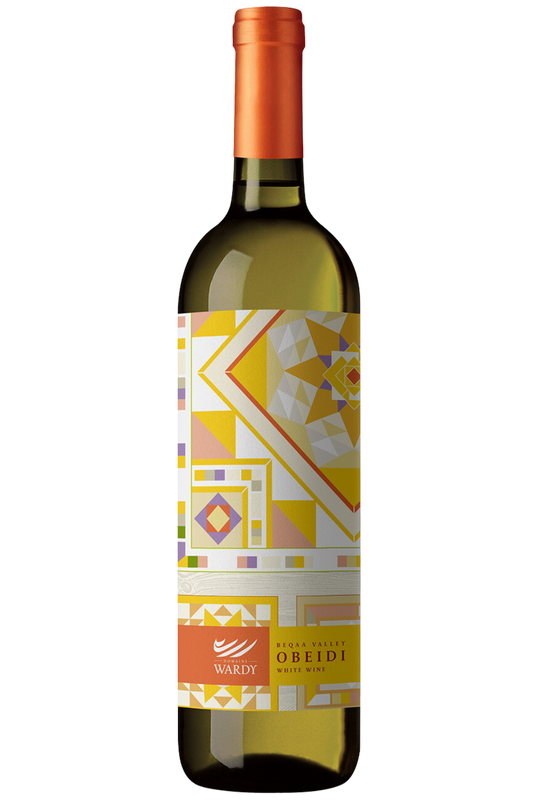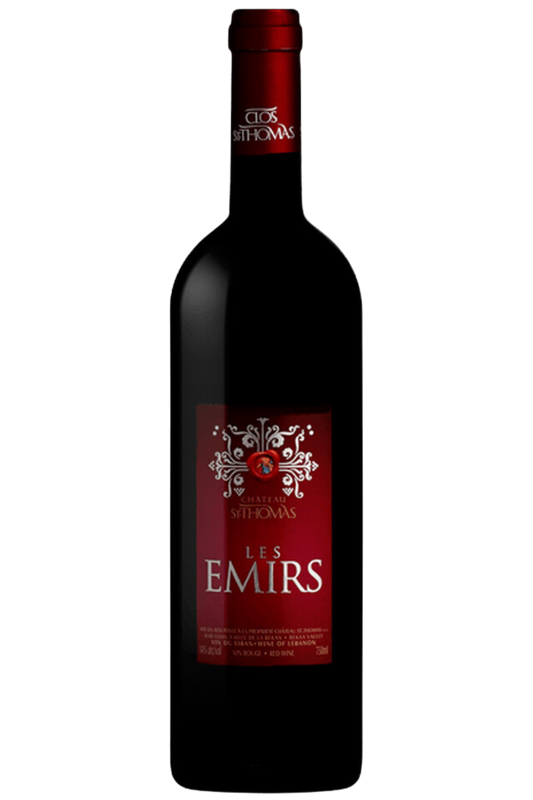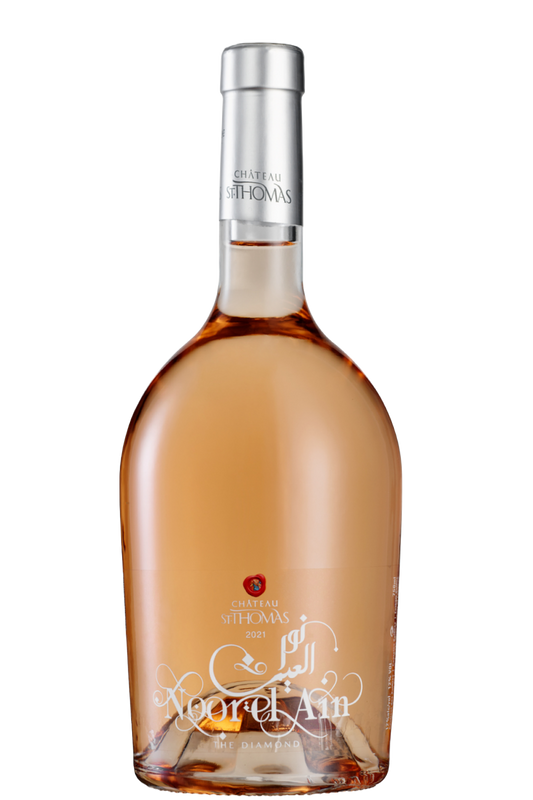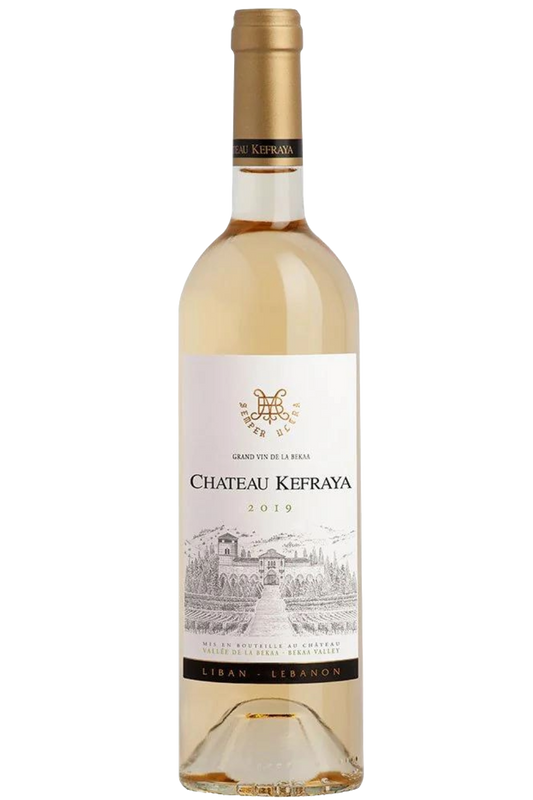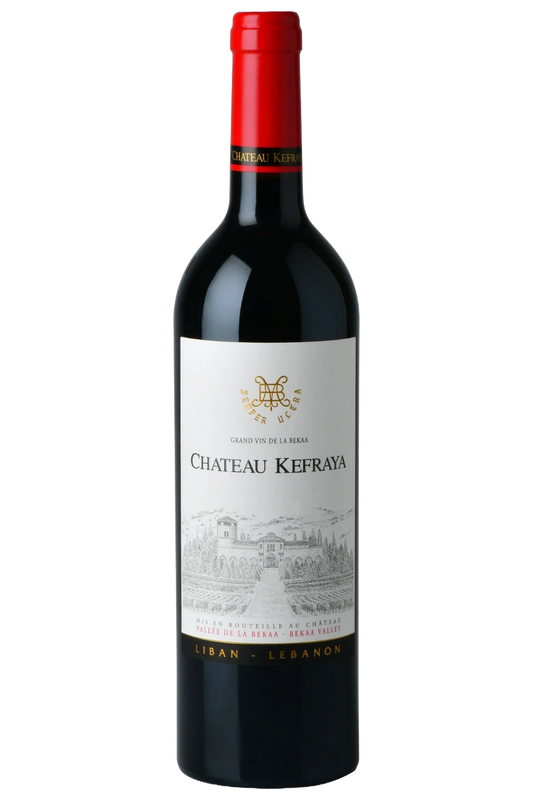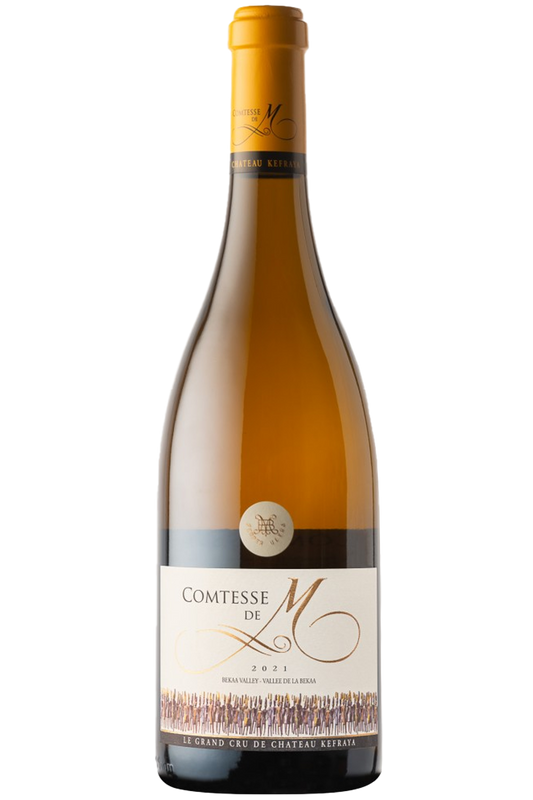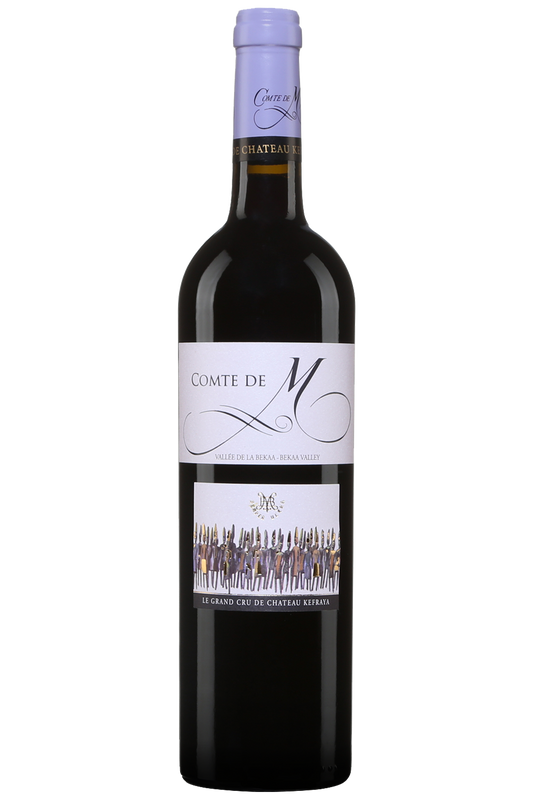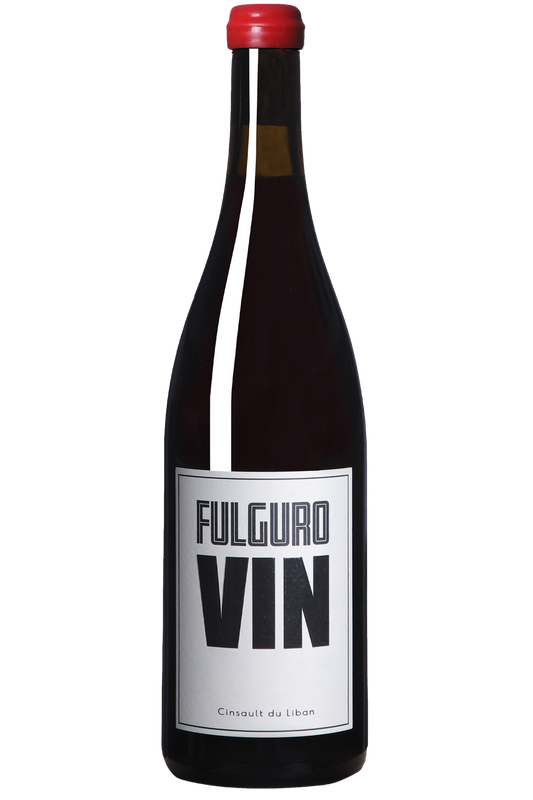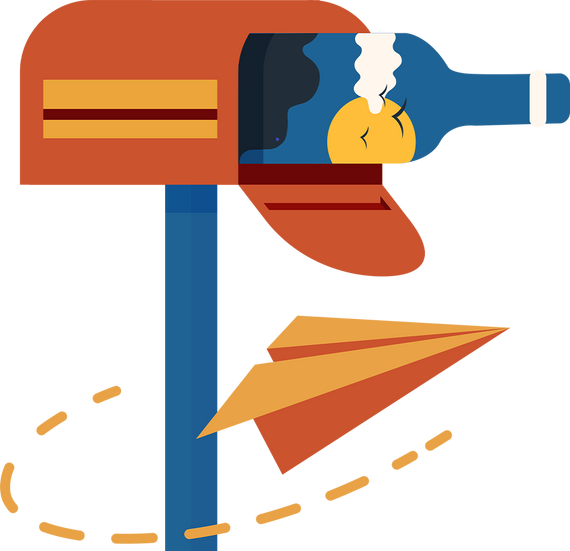Why does Lebanon, this small country on the eastern shore of the Mediterranean, have its own wine culture, more than any other country in the region? Why do Lebanese wines have their good place on the world wine map? The answer lies in the Bekaa Valley, where it all began. At least, that's where the modern Lebanese wine industry was born, in 1857, in the vicinity of the city of Zahleh, capital of the Bekaa.
So, we’re in the middle of the 19th century. Jesuit priests, in the villages of Ksara and Taanayel, are spreading the word. They decide that they want to make a dry red wine, not sweet church wine that they’re making for church services. They go to Algeria, second biggest wine producing country in the world at the time. They bring back Cinsault, Grenache and Carignan vines. They go back to the Bekaa and plant them. That was the founding act of the modern Lebanese wine industry.
From then on, several events helped kickstart the industry. François-Eugène Brun, a French engineer, comes to the Bekaa in 1868 and founds Domaine des Tourelles, the first wine commercial venture in the country, further west of Zahleh (West Bekaa region). Again, the idea of a dry wine produced in the Bekaa takes root. End of the First World War, the Ottomans are defeated. The ottoman territories in the Near East are divided between the French and the British. What is now Lebanon is handed to the French. They bring in 50,000 soldiers and civil servants to run things. They want wine. The average French soldier was allowed a liter and a half of wine a day at the time, so there was demand. The word spread across the country and this created momentum for the nascent wine culture.
France leaves in 1943 and Lebanon gains its independence. But Lebanese winemaking remains intimately linked to that of France. Political ties have led to knowledge ties, and the Lebanese wine industry remains influenced by French know-how and taste, which it takes elsewhere, however, since each wine is shaped by the uniqueness of this terroir.
The Bekaa climate is typically Mediterranean with dry summers, cool nights, and a consistent level of rainfall. This ensures that the grapes generally ripen during September, allowing them to develop wonderful depth, strong flavors, and high levels of intensity. Vines are planted at altitudes as high as 1000 meters above sea level. The soil is mostly limestone and clay. The Bekaa Valley stretches between Lebanon's 2 mountain chains: Mount-Lebanon to the west and Anti-Lebanon to the east. They play a key role in the terroir: They protect the grapes from intense maritime rains from the west and desert conditions in the east. This provides the vines with optimal exposure, resulting in wines that are unique in texture, taste and flavor.
In addition to the Cinsault, Grenache and Carignan that were originally introduced by the Jesuits, the most popular grapes that are grown there are Cabernet Sauvignon and Merlot (for reds) and Sauvignon Blanc, Chardonnay and Viognier (for whites). Wineries have also been promoting for a while indigenous Lebanese varieties, such as Merwah and Obeidy. Traditionally used to produce Arak (the Lebanese distilled anise-flavored spirit), Lebanese winemakers now proudly put forward high-quality single-varietal Merwah or Obeidy wines or even introduce them in blends.
Repeatedly occupied due to its geographical location, the Bekaa has always been a land on the move, deeply charged with history. The local history of wine is intimately linked to it: from the north, in Baalbek, the imposing temple of Bacchus, the Roman god of wine, serves for 2,000 years as evidence of the ancient presence of vines, to the south, where in the 1980s, Syrian and Israeli tanks clashed right in the vineyards of West Bekaa, near the village of Sultan Yacoub, ravaging the area. It is from this same Bekaa that we continue to enjoy unique wines today.
Our wines from this terroir
Subscribe and instantly receive a 10€ discount code for your first order
Get 5% discount starting 6 bottles purchased
Free shipping in metropolitan France and to certain European countries starting 300€ of purchase
